Here are the storytelling elements in Star Wars: A New Hope.
What better story could I’ve used? The Star Wars characters immerse themselves in astronomical dramas quite literally.
The storytelling lessons from Star Wars are epic!
Here we go:
Storytelling Elements in Star Wars
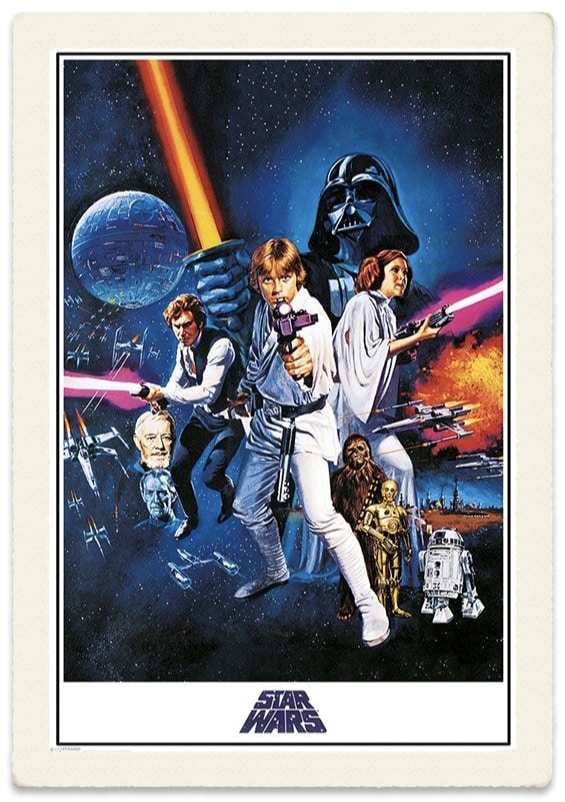
Spin Academy | Online PR Courses
Storytelling Elements in Star Wars
I was born in 1979, two years after Star Wars was released, so Star Wars: A New Hope was essential to my upbringing.
I wanted to apply these classical elements to a well-known story to see how well they would work. I’ve outlined the storytelling elements found in almost all great stories.
Here’s how I structured the storytelling elements fir this story:
1. The Contract
At the beginning of Star Wars: A New Hope, you see Star Destroyers in space shooting lasers and Darth Vader taking Princess Leia Organa hostage. At the same time, they negotiate the whole dramatic setup before Leia’s taken to her cell.
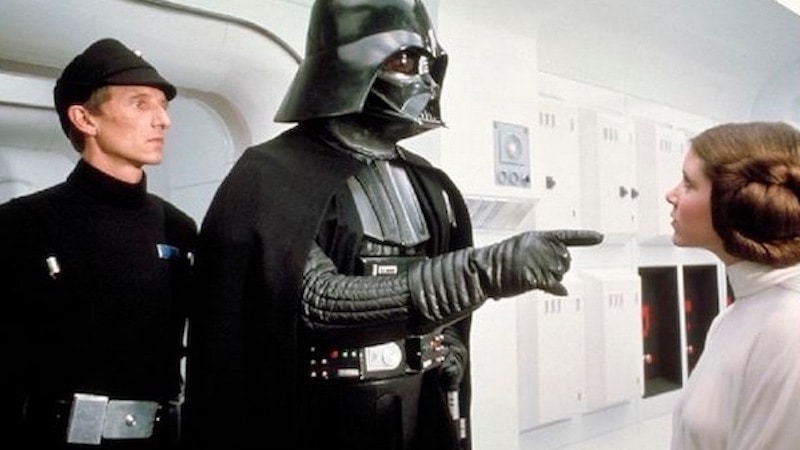
2. The Pull
The Empire uses a tractor beam, but we’re drawn into the story by two droids, R2-D2 and C3PO. R2-D2 knows something but can only beep and blip, so C3PO has to ask many questions and repeat the answers to pull the viewer into the story.

3. The Incident
After fighting with his foster parents, Luke Skywalker runs away from home and gets attacked by Sand People. However, he is then saved by his mysterious protector, Obi-Wan Kenobi.
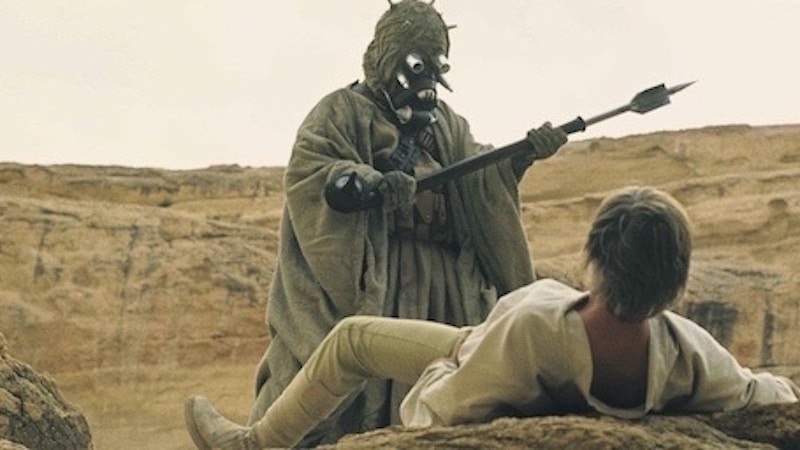
4. The Reveal
R2-D2 shows his message from Princess Leia, thus opening up a whole new world for Luke Skywalker, and then Obi-Wan Kenobi explains about the Jedi.
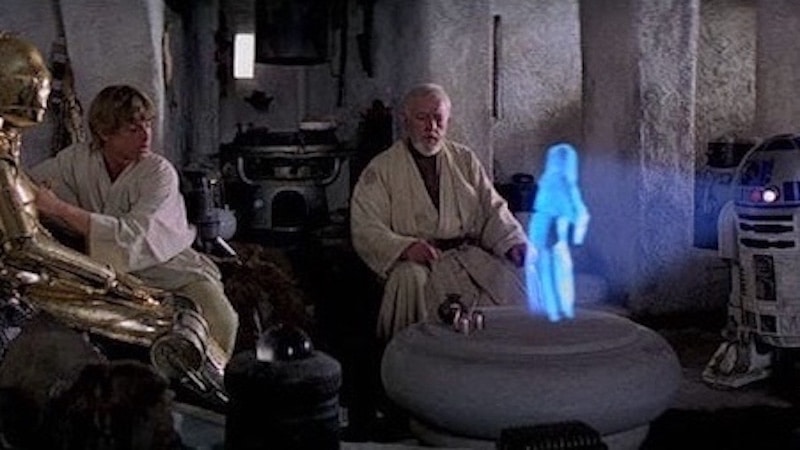
5. Point of No Return
Luke Skywalker realizes his life will never be the same as he rushes home to find his family butchered. He decides to follow Obi-Wan Kenobi and the droids to save Princess Leia. 1The Incident, The Reveal, and the Point of No Return are often quite close to each other in most narratives, and they might even be bundled together in the same scene or sequence. Together, they lead … Continue reading

6. Anti-Climax
Together with new companions Han Solo and Chewbacca, Luke Skywalker manages to save Princess Leia, but at the same time, Obi-Wan Kenobi is struck down by Darth Vader.

7. All is Lost
As the rebels mobilise to strike against the Death Star, they suffer heavy losses against a superior military force. But the rebels are picked off individually, and Luke Skywalker is left with the almost impossible task of blowing up the Death Star without a functioning aiming system.

8. News of Hope
Luke Skywalker gets surprising help from Han Solo, who returns with the might of the Millennium Falcon — and the rest of the rebel fleet.
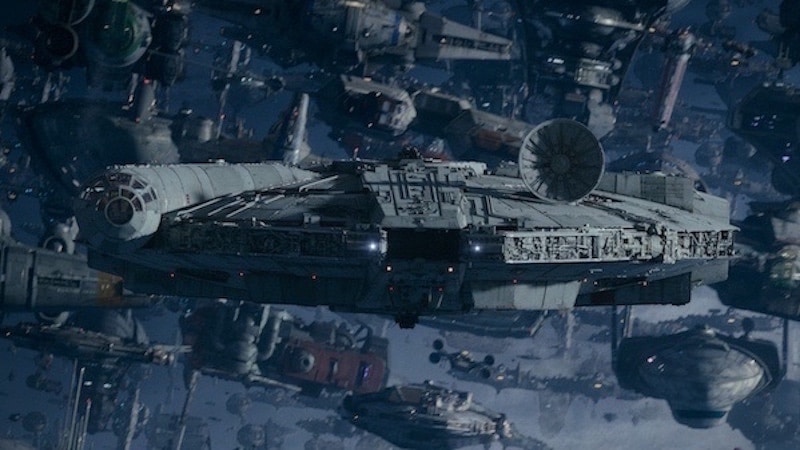
9. The Climax
Luke Skywalker completes his character arc for this movie by summoning the spirit of Obi-Wan Kenobi. Using the Force, Luke succeeds in blowing up the Death Star and, more importantly, takes an important step towards fulfilling his destiny to become a true Jedi Knight.
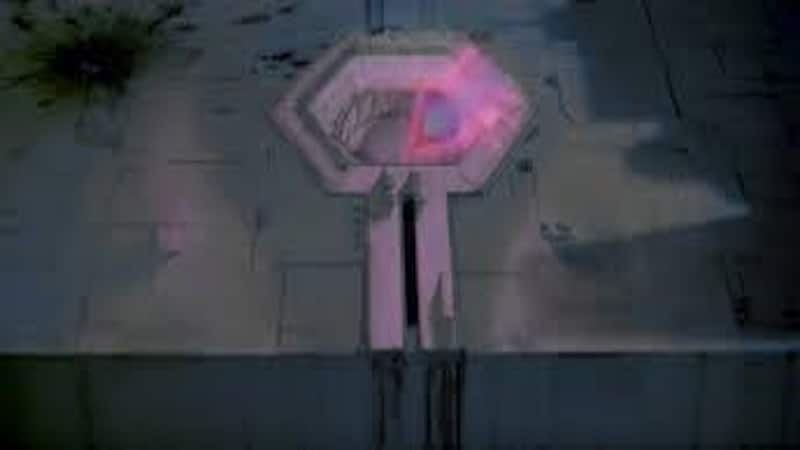
10. The Pay-Off
Team Skywalker get medals, but more importantly — their companionship is forever forged, and they’re now ready to face the Empire yet again. 2Since the audience has actively taken part in the story, shared decisions and experienced struggles emotionally, they want to be rewarded through the main characters. They also want to feel that they … Continue reading
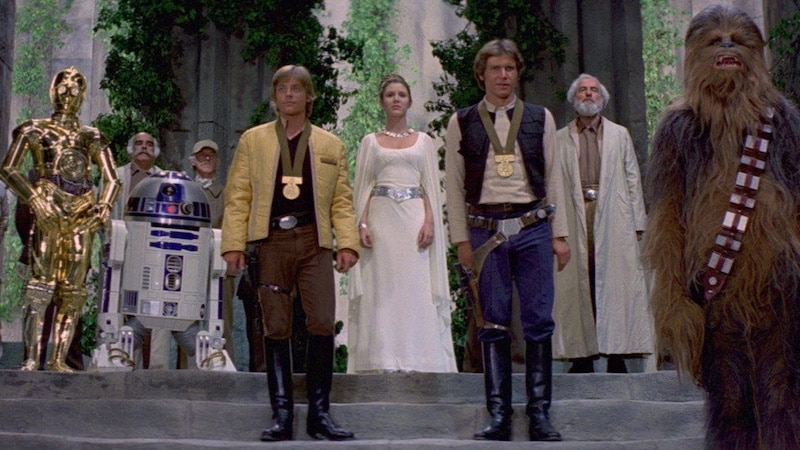
Learn more: Storytelling Elements in Star Wars: A New Hope
💡 Subscribe and get a free ebook on how to get better PR.

Corporate Storytelling Script
“Stories have to be told or they die, and when they die, we can’t remember who we are or why we’re here.”
— Sue Monk Kidd
Spin Academy | Online PR Courses
Storytelling: The Why Prompts
Enhance your PR message with storytelling. Craft compelling public relations narratives with these simple storytelling prompts.
Here are 20 “whys” that can serve as starting points for organizations to uncover engaging and relevant stories:
These “whys” can lead to profound stories that humanise the organization, showcase its values, and build a deeper connection with its audience.
Please note. Once these stories exist, who can tell them? These stories can be immensely useful for corporate communication, but if all coworkers know these stories, that is the most potent propagation.
Learn more: The Story First: Mapping Whys for Storytelling
💡 Subscribe and get a free ebook on how to get better PR.

Storytelling Resources
Storytelling Books
To learn more about storytelling, I’ve found these books immensely helpful:
Storytelling Elements
Writing Advice
Storytelling Apps (MacOS/iOS)
Learn more: Storytelling Books
One more thing. As I’m writing this, we’re expecting a baby boy, and my wife is five days past her due date. If all goes well (and I think it will!) — I hope to have many years of storytelling before me. 3Silfwer, J. (2014, September 20). Welcome to Our World, Jack. Doctor Spin | The PR Blog. https://doctorspin.net/jack-silfwer/
May the Force be with all of us!

THANKS FOR READING.
Need PR help? Hire me here.

PR Resource: Free Storytelling PR Course
Spin Academy | Online PR Courses

Spin’s PR School: Free Storytelling PR Course
Elevate your public relations game with this free Storytelling PR Course. Learn essential and timeless storytelling techniques for effective communication.
Storytelling Elements
Storytelling Scripts
Storytelling Inspiration
Learn more: All Free PR Courses
💡 Subscribe and get a free ebook on how to get better PR.

Annotations
| 1 | The Incident, The Reveal, and the Point of No Return are often quite close to each other in most narratives, and they might even be bundled together in the same scene or sequence. Together, they lead up to this: the audience must want Luke to go on this adventure before he decides to go. Audience buy-in is crucial. |
|---|---|
| 2 | Since the audience has actively taken part in the story, shared decisions and experienced struggles emotionally, they want to be rewarded through the main characters. They also want to feel that they have grown from this story and are now better equipped to face any challenges in their own lives. |
| 3 | Silfwer, J. (2014, September 20). Welcome to Our World, Jack. Doctor Spin | The PR Blog. https://doctorspin.net/jack-silfwer/ |


